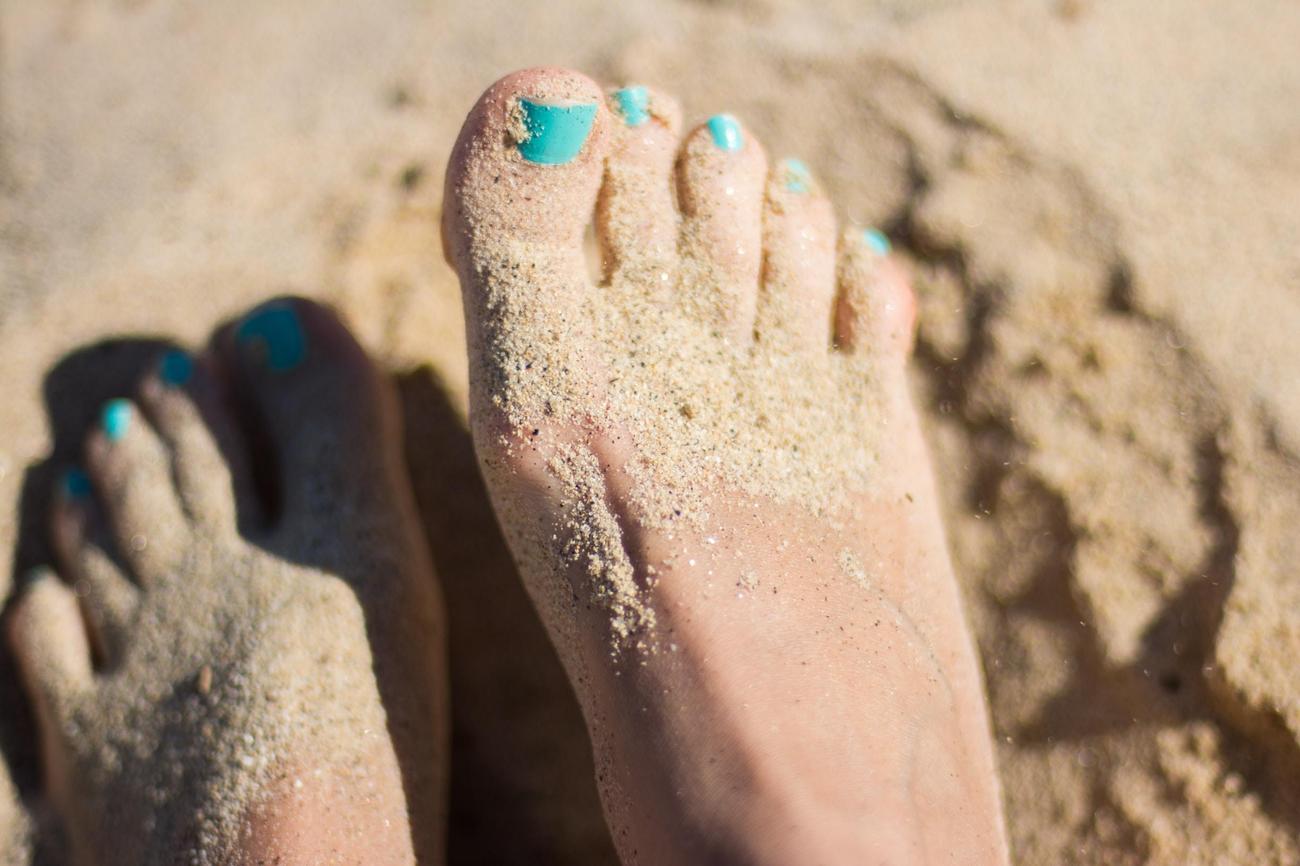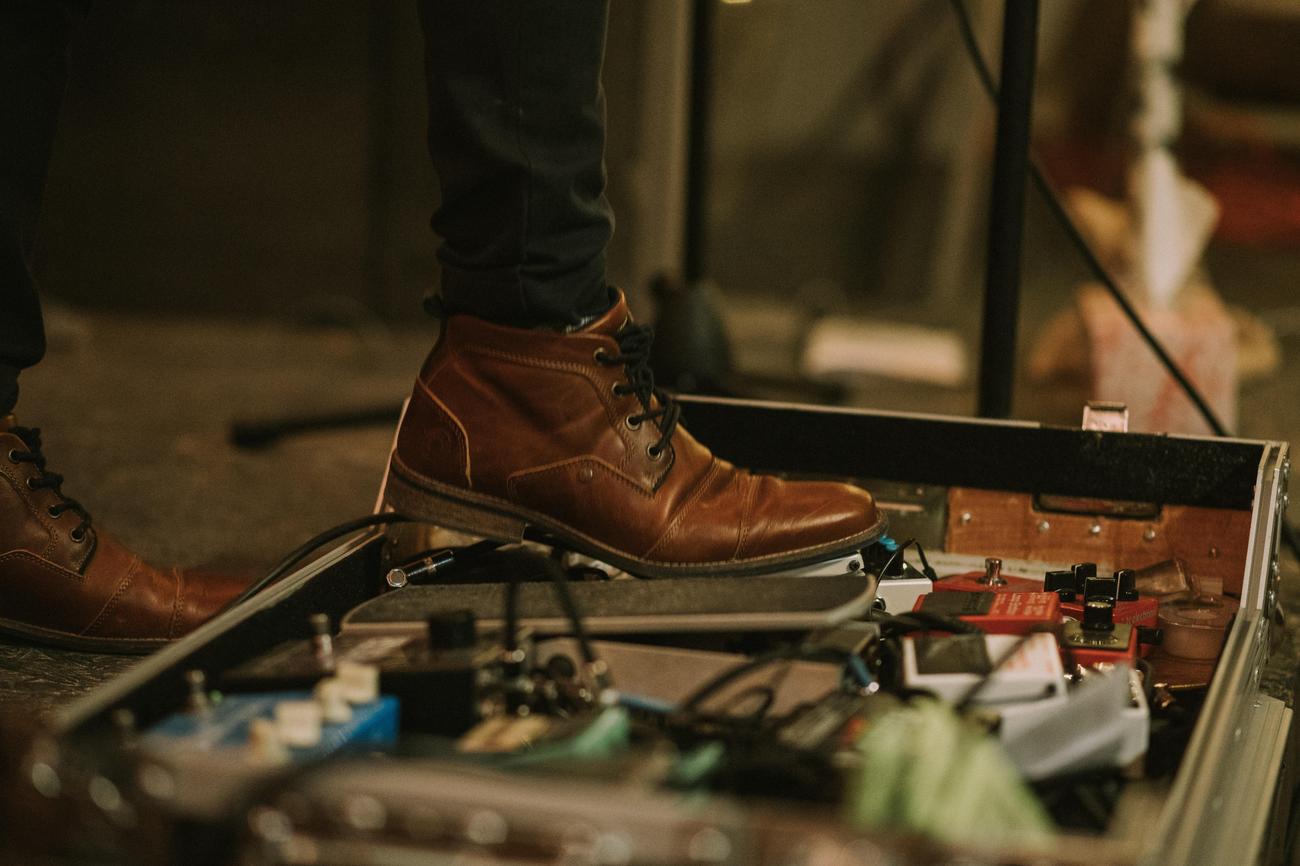Are you ready to dive into the fascinating world of foot anatomy? Get ready to be amazed, as we uncover some surprising and intriguing foot anatomy trivia that will leave you in awe. As a seasoned podiatrist with years of experience in the field, I have dedicated my life to unraveling the mysteries of the human foot. In this article, I will share my extensive knowledge and expertise, delving into the lesser-known aspects of foot structure and revealing captivating trivia that will leave you appreciating the complexity and wonder that lies within your own feet. Get ready for a journey of discovery as we uncover the secrets of foot anatomy!

Surprising Foot Anatomy Trivia
Our feet are truly remarkable structures, housing a complex network of bones, muscles, and ligaments that enable us to walk, run, and dance. Let’s delve into some fascinating foot anatomy trivia that will leave you amazed at the marvels of your own feet.
1. The Building Blocks of Our Feet
Did you know that nearly a quarter of all the bones in our bodies can be found in our feet? Yes, that’s right! Each foot contains a whopping 26 bones, along with an intricate web of 33 joints, 19 muscles and tendons, and 107 ligaments. These components work harmoniously to provide support and mobility to our feet.
“With 26 bones, 33 joints, 19 muscles and tendons, and 107 ligaments, our feet are a true masterpiece of engineering.”
2. Growing Up, Step by Step
Our foot bones go through an incredible transformation as we age. At birth, most of these bones are actually cartilage, and it takes quite some time for them to fully harden. In fact, this process is not complete until we reach the age of 21. So, while our feet may seem sturdy and unchanging, they are continually evolving throughout our early years.
3. Tickling the Imagination
Have you ever wondered why our feet are so ticklish? Well, it turns out that they are equipped with an astounding 8,000 nerves, making them highly sensitive to touch. This ticklish sensation can bring about laughter and giggles, but did you know that it also serves a purpose? Reduced sensitivity in the feet could be a sign of neuropathy, a condition that affects the nerves, making it important to maintain the ticklish response as a sign of healthy nerve function.
“Ticklish feet may bring laughter, but they’re also a sign of a healthy nervous system.”
4. The Sweaty Side of Feet
Our feet may not be the largest part of our bodies, but they certainly know how to produce sweat. In fact, they house a staggering 250,000 sweat glands, capable of generating half a pint of sweat in just one day. This excess moisture can sometimes lead to uncomfortable situations, such as foot odor or slippery soles. So, next time you feel the need to take off your shoes and expose your feet to fresh air, you’ll understand why!
5. The Architects of Support
While we often think of our feet as the foundation for our bodies, it’s important to recognize that they also provide mechanical support for the soft tissues surrounding them. The bones in our feet play a crucial role in withstanding the weight of our bodies and absorbing shock during movement. Without them, our feet would struggle to carry us through our daily activities.
“Our foot bones are not just the building blocks; they’re also the architects that support the entire structure of our feet.”
6. The Journey of Flat Feet
Did you know that all babies are born with flat feet? That’s because their arches have not fully developed yet. As they grow and begin to walk, their arches gradually take shape, providing the necessary stability and balance. So, if you ever catch a glimpse of a baby’s adorable flat feet, you can rest assured knowing that their arches are on an exciting journey of development.
7. Three Arches, One Foot
When we think of arches, we often envision grand architectural structures. Surprisingly, our feet also possess arches, but instead of one, they actually have three distinct arches. These are the medial arch, the lateral arch, and the transverse arch. These arches work together to distribute our body weight evenly and provide stability while standing or walking.
“Just like a sturdy bridge, our feet boast three arches, each playing its part in providing balance and support.”
Our feet are so much more than just the foundation of our bodies. They are intricate works of art, functioning with impeccable precision to carry us through life’s adventures. Whether it’s the remarkable number of bones, the ticklish nerves, or the triumphant development of arches, there is always something surprising to discover about foot anatomy.
So, the next time you slip into your favorite pair of shoes or feel the tickle of grass beneath your feet, take a moment to appreciate the complexity and wonder that lies within your own two feet.
Here is an example of an active internal link using the given keyword and URL:
Paragraph:
“Do you ever wonder how our feet are structured and what makes them so versatile? If you’re curious about foot anatomy facts, we have got you covered! Click here to explore interesting information about the intricate layout of your feet and how they contribute to your overall mobility and balance. Our comprehensive guide on foot anatomy will leave you amazed at the complexity and functionality of this often-underappreciated part of the body.”
Hugo syntax:
“Do you ever wonder how our feet are structured and what makes them so versatile? If you’re curious about foot anatomy facts, we have got you covered! Click here to explore interesting information about the intricate layout of your feet and how they contribute to your overall mobility and balance. Our comprehensive guide on foot anatomy will leave you amazed at the complexity and functionality of this often-underappreciated part of the body.”
FAQ
Q: How many bones are there in each foot?
A: There are 26 bones in each foot.
Q: How many joints are in the foot?
A: The foot has 33 joints.
Q: How many muscles and tendons are in the foot?
A: The foot has 19 muscles and tendons.
Q: How many ligaments are there in the foot?
A: The foot has 107 ligaments.
Q: When do the foot bones fully harden?
A: The foot bones are mostly cartilage at birth and only completely harden around age 21.
- Unveiling the Enigma: Mansoureh Khojasteh Bagherzadeh’s Public Appearances & Private Life in Iran - July 18, 2025
- Unveiling the Mystery: Mansoureh Khojasteh Bagherzadeh’s Husband: A Rare Glimpse into a Private Life - July 18, 2025
- Unveiling Masoud Khamenei’s Mother: Power, Influence, and Iran’s Future - July 18, 2025
















